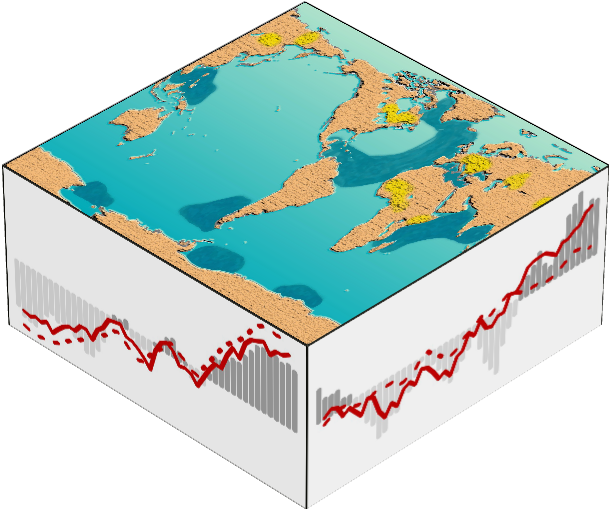Research Interests
My research focuses on understanding and predicting climate variability and change. I aim to improve climate forecasts on different timescales, ranging from months to decades, by studying the fundamental processes that drive climate patterns and developing better prediction systems. Additionally, I am interested in expanding predictions to include other important factors such as soil moisture, wildfires, vegetation growth, the carbon cycle, and marine ecosystems. These predictions have practical applications in agriculture, renewable energy, water management, fisheries, and coastal planning, as they provide valuable information about climate and Earth system processes. I am dedicated to developing a research program on Earth system forecasting that provides reliable climate information for society. This program integrates three key areas: advancing our understanding of climate dynamics, evaluating climate impacts, and developing an effective forecasting system. By involving students in cutting-edge research, fostering interdisciplinary collaborations, and engaging policymakers and stakeholders, I aim to improve public education and decision-making processes while refining and expanding our research program.

